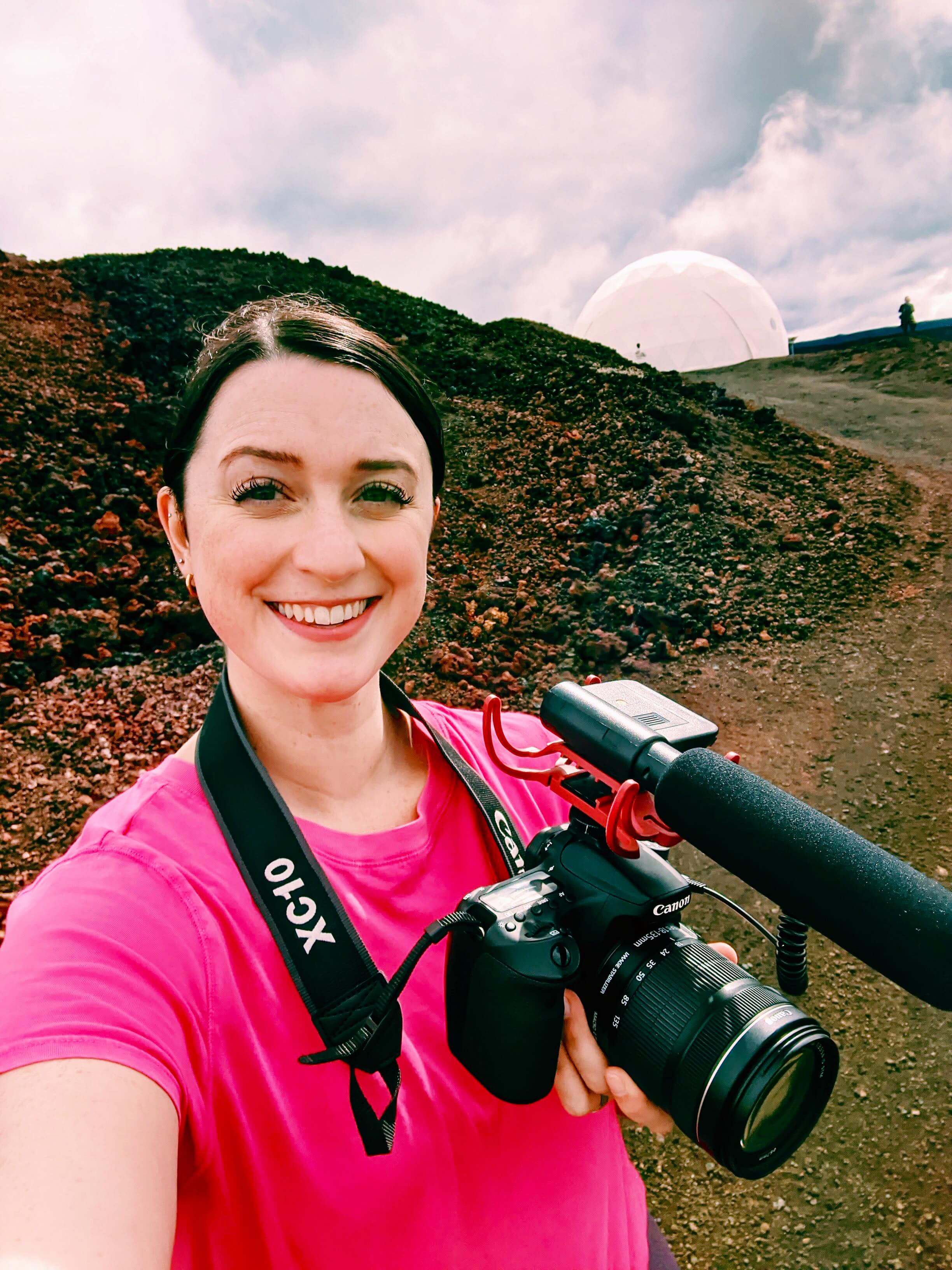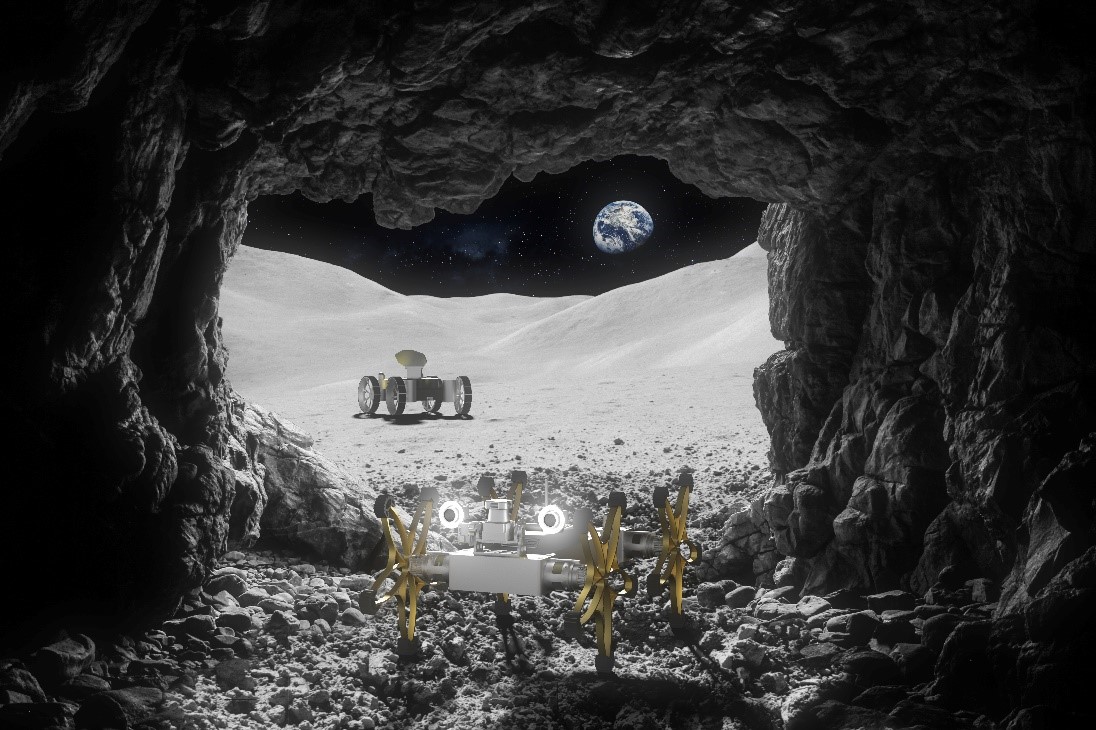These twin rovers might explore the moon together one day
Astronauts aren't the only ones who will have to work together on future crewed missions.
As humans work toward returning to the moon with initiatives such as NASA's Artemis program, which aims to land the first woman and the next man on the moon by 2024, researchers are developing the robots that will explore with these astronauts. And these robots will have to collaborate, too.
In a move intended to support the future of robotic exploration, the European Space Agency's (ESA) Technology Development Element (TDE) program has entered a contract with French technology company Comex to develop a two-year project called Trailer, which will test how well two robots could work together on a future lunar mission.
Video: I rode the 'Lunar Rover' from 'Ad Astra' and it was awesome (video)
With Trailer, researchers will develop a collaborative system involving two rovers that would be controlled remotely from either Earth or a station orbiting the moon, like the proposed Lunar Orbiting Platform-Gateway, ESA officials said in a statement. Functioning autonomously and with direction from remote controllers, the rovers would work together to search for resources and elements to support a human presence on the moon.
The two rovers that will be tested together as part of Trailer are known as Tractor and Wain. From the initial image released by the ESA (above), they look to have unique rolling capabilities and lights to help them explore dark corners of the lunar surface.
ESA officials have described Tractor as "agile and powerful." The rover has locomotion and navigation technology in addition to a local wireless transceiver for receiving remote instructions, short-term energy storage and a sample acquisition system that allows it to collect resources while traveling on the moon.
Breaking space news, the latest updates on rocket launches, skywatching events and more!
Related: SpaceX, Blue Origin & More Join NASA's Private Moon Lander Project
Wain, which ESA calls an "active trailer," has limited locomotion and navigation capabilities compared with those of Tractor. However, it has high power generation and storage and a local wireless network that would enable the rover to hold a scientific lab to support remote sample collection and analysis, ESA officials said in the statement.
Trailer is led by the French Technology company Comex, the German Research Center for Artificial Intelligence Robotics Innovation Center (DFKI RIC) and the Austria-based Liquifer Systems Group.
- Driving on the Moon: The 40-Year Legacy of NASA's First Lunar Car
- Chinese Moon Rover Making Tracks on Lunar Far Side (Photo)
- Amazing Moon Photos from NASA's Lunar Reconnaissance Orbiter
Follow Chelsea Gohd on Twitter @chelsea_gohd. Follow us on Twitter @Spacedotcom and on Facebook.


Chelsea “Foxanne” Gohd joined Space.com in 2018 and is now a Senior Writer, writing about everything from climate change to planetary science and human spaceflight in both articles and on-camera in videos. With a degree in Public Health and biological sciences, Chelsea has written and worked for institutions including the American Museum of Natural History, Scientific American, Discover Magazine Blog, Astronomy Magazine and Live Science. When not writing, editing or filming something space-y, Chelsea "Foxanne" Gohd is writing music and performing as Foxanne, even launching a song to space in 2021 with Inspiration4. You can follow her on Twitter @chelsea_gohd and @foxannemusic.

